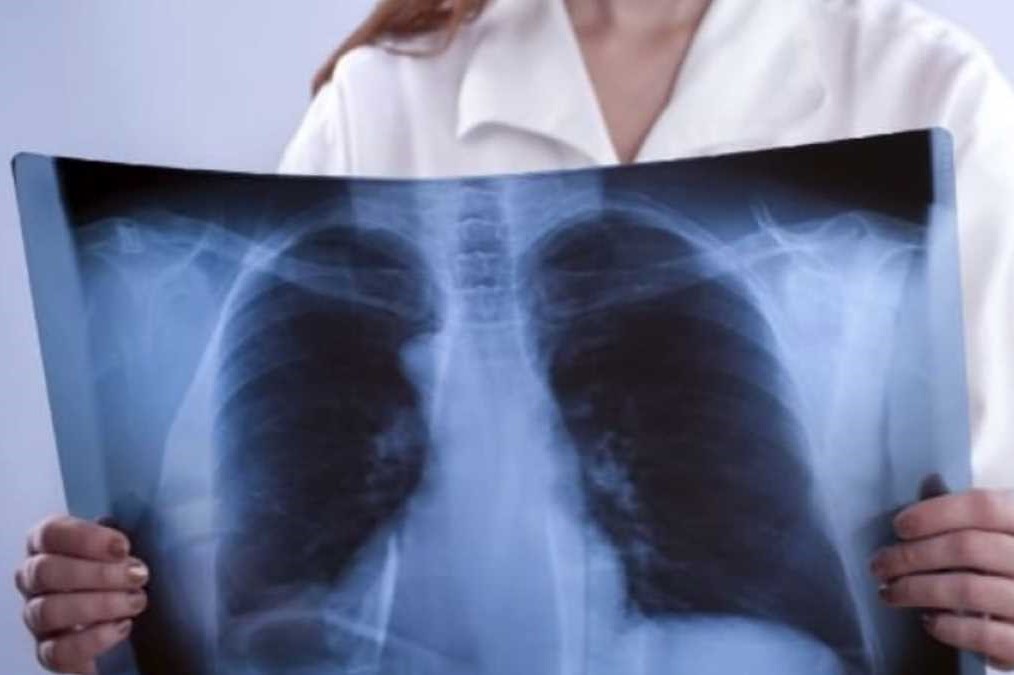
Pulmonary histoplasmosis, what are the risks?
Histoplasmosis is an infection affecting the lungs that is contracted by inhaling spores of the Histoplasma capsulatum fungus
It is not contagious and is therefore not transmitted from human to human.
Histoplasma capsulatum is typical of damp and enclosed environments, mainly caves, where the temperature is between 20 and 30 degrees; it is particularly widespread in the southern parts of the United States and the Caribbean.
In Europe and Italy, the disease is quite rare.
The greatest risk with regard to the evolution of the disease is that of a delayed diagnosis, as suspicion of histoplasmosis is mainly raised when all the most frequent forms of lung infection have been ruled out, except in cases where exposure to the infection is not evident (as, for example, in the case of cavers).
Symptoms and complications of pulmonary histoplasmosis
In general, the severity of this disease depends on the state of the infected person’s immune system.
In the immunologically normal individual, mild forms may even be asymptomatic, or be accompanied by fever and a widespread sense of weakness, i.e. flu-like symptoms, and pulmonary complications that can be treated with antibiotics.
In immunocompromised individuals or those with concomitant systemic diseases (e.g. heart patients, diabetics, chronic bronchitisers, etc.) the infection may take a more severe course.
In the immunocompromised individual, the evolution of the disease may be particularly violent and have an inauspicious outcome.
In the acute phase, in addition to the lungs, other organs such as the liver and spleen may also be affected.
Diagnosis of histoplasmosis
As the symptoms of the disease are not specific, the diagnosis of histoplasmosis can be complicated but of crucial importance – especially if early – for implementing the right treatment.
To determine the nature of the infection, the specialist may require the following tests among others
- skin biopsy;
- blood and urine tests;
- CT scan and chest X-ray;
- analysis of lung secretion.
Treatment of histoplasmosis
In milder cases of the disease, the infection may disappear even without any drug treatment.
In the more severe forms of histoplasmosis, on the other hand, the main treatment involves antifungal drugs: amphotericin B, itraconazole and ketoconazole are the most commonly used, for between 6 and 12 weeks.
Read Also:
Emergency Live Even More…Live: Download The New Free App Of Your Newspaper For IOS And Android
Pulmonary Emphysema: Causes, Symptoms, Diagnosis, Tests, Treatment
Kaposi’s Sarcoma: Discover What It Is
Pneumonia: Causes, Treatment And Prevention
Pneumothorax And Pneumomediastinum: Rescuing The Patient With Pulmonary Barotrauma
Bronchitis And Pneumonia: How Can They Be Distinguished?
AIDS, Difference Between HIV1 And HIV2
HIV: How Soon Do Symptoms Appear? The 4 Stages Of Infection
Endotracheal Intubation: What Is VAP, Ventilator-Associated Pneumonia
Pneumocystis Carinii Pneumonia: Clinical Picture And Diagnosis


